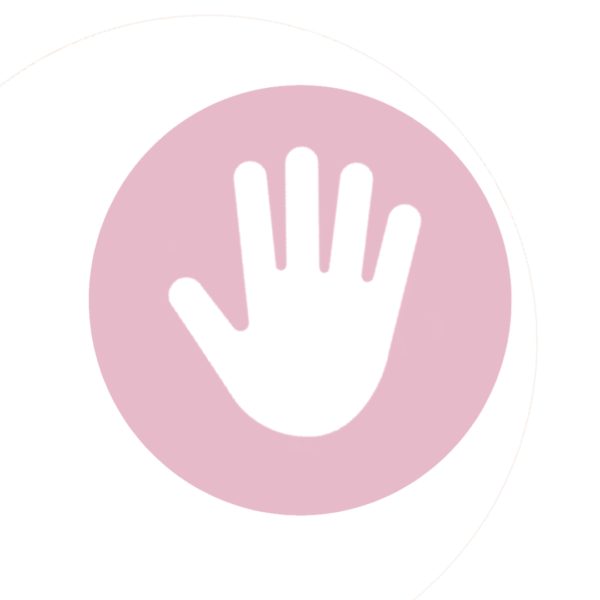How to wean your child off the breasts
Breastfeeding

Stopping breastfeeding should be a decision made by both the mother and the child. After all, breastfeeding does not solely offer nutritional benefits but also the comfort and emotional support it brings to both the mother and the child.
When to stop
There is no exact time to wean your child. The best time would be when both you and your baby are ready. And, make sure that there are no external influences during this weaning period that can add distress — for example, moving to a new house, adjusting to a new routine, or traveling.
How to stop
The best way to stop breastfeeding is the one that leaves both the mom and the baby feeling secure and happy. Here are a few things to keep in mind when planning your weaning process.
- Consider weaning as a transition period: The process of weaning your child should be a gradual transition and progresses over several weeks; this ensures that your body has time to adjust milk production to avoid breast engorgement and other related breast pain. More importantly, your baby needs time to understand and adjust to the new routine. Some babies may become temporarily more clingy or cry more often during the process.
- Drop one feeding at a time: To make the process as gentle as possible, drop one feeding first until the baby becomes acquainted with the bottle or the cup. Then continue on with a new session from a different time.
- Pump less: You can express your breast to relieve pressure and avoid engorgement from the dropped session. If you prefer to keep stock of breast milk for your child, pump as long as the regular feeding session. If not, you should pump for a few minutes just to relieve pressure and tell the body to produce less.
- Pick a session: You can start by reducing the least important session of the day – usually the daytime session. Many moms find it more challenging to drop early morning and night feeds than daytime sessions because babies usually seek comfort and bonding from these sessions.
- Offer comfort: For younger babies who still need soothing from the breasts, you can introduce comfort objects, such as pacifiers, or give cuddles and rocking while singing so that the baby slowly becomes accustomed to the new routine.
Weaning before your baby turns 1 year old
It is highly recommended to breastfeed or formula-feed exclusively for the first 6 months after birth and then complement breastfeeding or formula feeding with solid foods until your baby is at least one year of age.
How to dry up your breast milk
If you decide to stop producing breast milk for your baby, here are a few ways to go about it:
- Cold turkey: You can stop nursing and pumping. Note that an abrupt cessation in milk removal will cause your breasts to be engorged. If that happens, you should express only enough to relieve pressure and pain. You can also take pain-relieving medicine and cold compress to alleviate breast pain.
- Medication: There are medications that you can take to suppress lactation. Consult with your doctor for an option that best suits your body.
- Wearing firm bras: Some moms find breast binding or wearing tight bras helpful in reducing milk production.
Verified:
Dr. Wanwadee Sapmee Panyakat (OB-GYN), license no. 41208 (17 November 2021)



